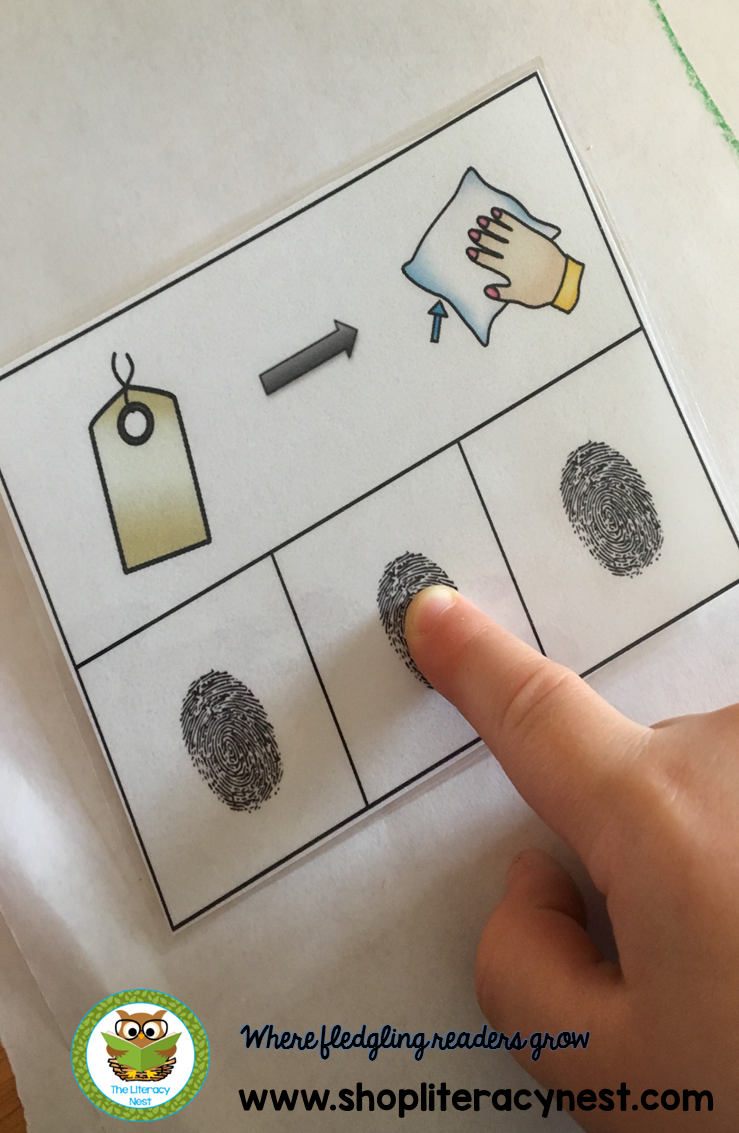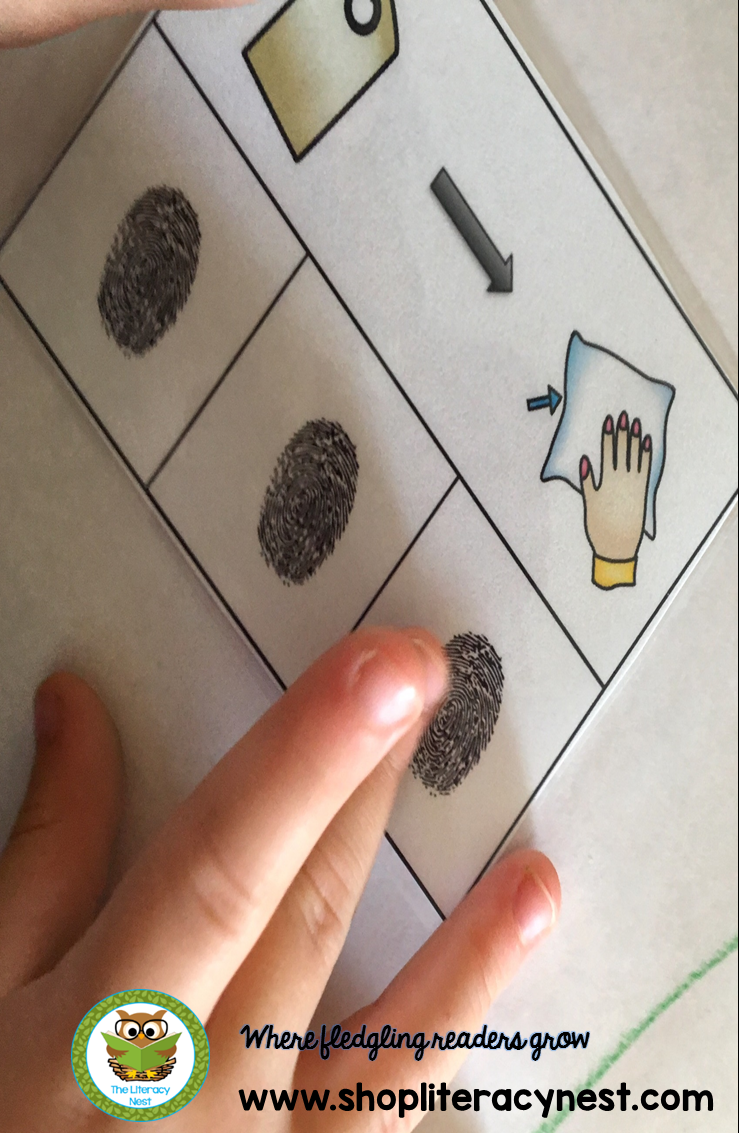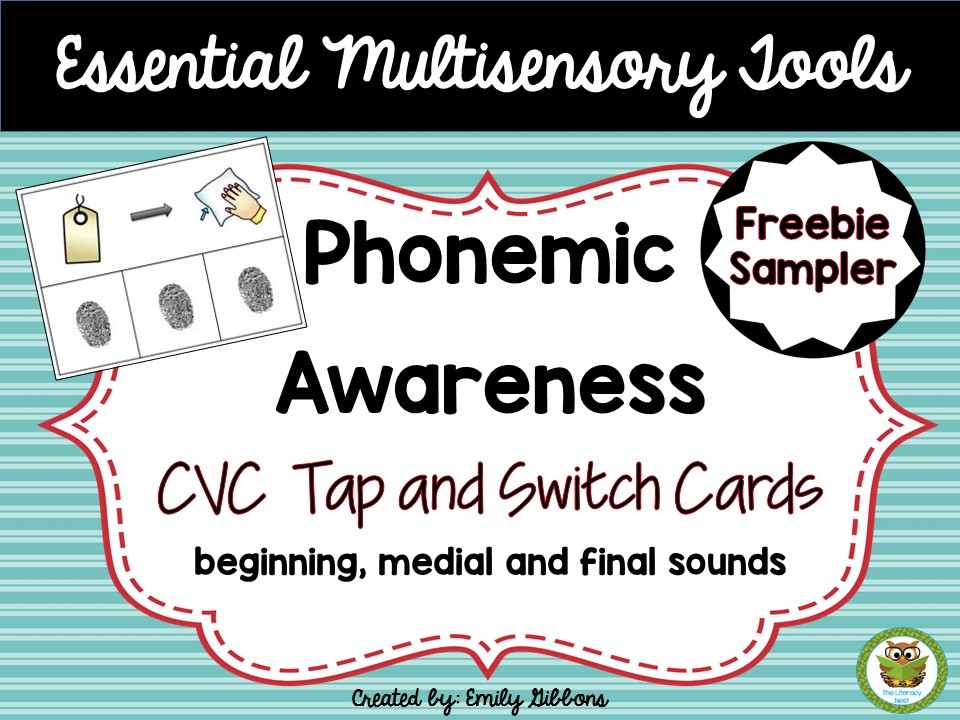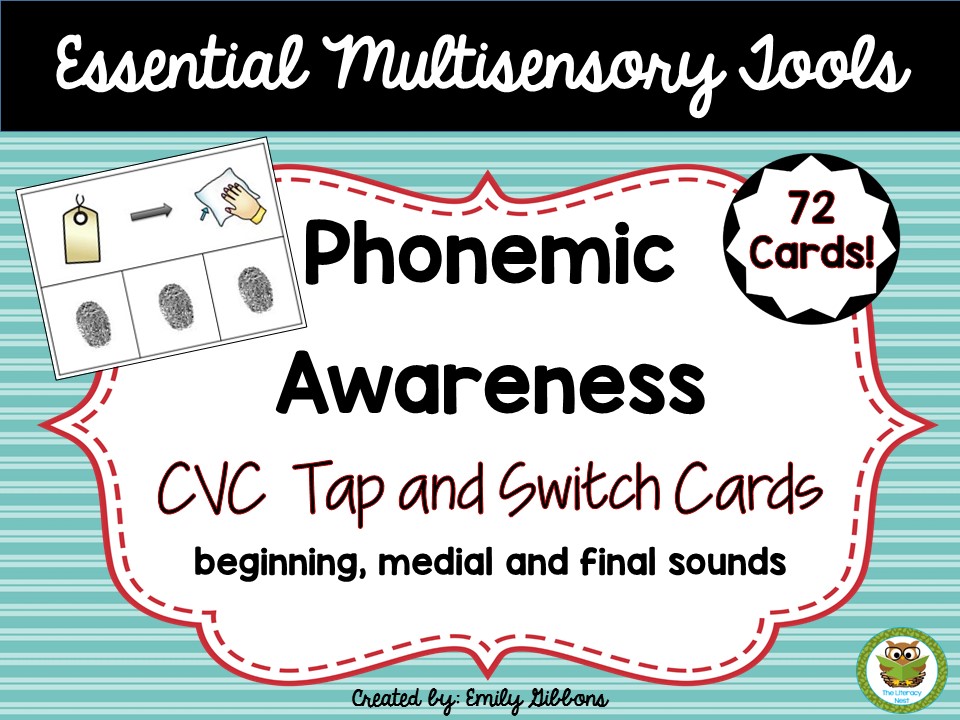Building Phonemic Awareness For Struggling Readers
(This post uses affiliate links.)
Hi everyone! As an Orton-Gillingham teacher who works with children with dyslexia, I know first hand how they struggle with phonological awareness. Under the umbrella term called phonological awareness, we have a very important early reader offshoot- phonemic awareness. Phonemic awareness is a critical early reading indicator.
What Is Phonemic Awareness?
“Phonemic awareness is an essential skill that underlies a child’s ability to learn to read and spell. Phonemic awareness falls under the umbrella of phonological awareness; however, it only pertains to the phonemes (sounds) in words. Hence, exercises that pertain to the sentence and syllable are considered phonological awareness rather than phonemic awareness. Rhyming is also excluded from phonemic awareness, since it does not relate to the individual sounds in the word. Once again, phonemic awareness requires the knowledge that words are comprised of individual sounds that can be manipulated. Using phonemic awareness, one can match, blend, segment, and rearrange sounds in words (or nonsense words).”
source: http://dyslexiahelp.umich.edu/professionals/dyslexia-school/phonological-awareness
How Do We Strengthen Phonemic Awareness?
As an OG teacher, I believe in using the OG approach to strengthen phonemic awareness. When you first begin with a young student who has weak phonemic awareness, it’s so important to incorporate activities where they are manipulating sounds by identifying, blending, categorizing, adding, deleting and substituting.
Using an Orton-Gillingham approach means our lessons are always:
- Systematic
- Prescriptive
- Multi-sensory
- Explicit
It’s worth noting that isolating phonemic awareness skills will benefit your early readers. Adding too many sound manipulating activities within one lesson is confusing.
Within an OG lesson, we use multisensory strategies like tapping out sounds, sky writing, finger spelling or writing in sand. These not only strengthen PA, but help with spelling as well. Many of you may be familiar with the S.O.S. (Simultaneous Oral Spelling) strategy which incorporates multisensory techniques. Read more about S.O.S. here.
In this suggested activity, I focus on sound substitution for strengthening phonemic awareness. I wanted to incorporate tapping out sounds, so I made a tap-switch-tap activity using picture cards. Let me walk you through how I made them and used them.
First of all, I wanted to laminate my tap-switch-tap cards. This Scotch laminator is a great little table-top unit. It’s fast, inexpensive and perfect for at home use. I bought it for myself for Christmas two years ago. No. I’m not joking. You’ll want to grab a pack of these thermal laminating pouches, too. I was able to laminate five cards at a time and then trim them.
You’ll see these cards are for sound substitution with beginning, middle and ending sounds with CVC words.
Here are some directions I made to explain to my fellow teachers how to use them.
Now to try them out. Make sure your kiddos know the names of all the pictures on the cards first. I always do that as a quick check.
I took out the beginning sound substitution cards first. When tapping, DO NOT have your students simply tap using their index finger. Start at the thumb and the first square and work your way over, using the index finger for the middle sound and middle finger for the final sound. Why not just tap with one finger the whole time? Because you are reinforcing the succession of sounds in a particular order and that is making an imprint on their brains. We are creating new neuro-pathways in the brain for our kids with dyslexia every time we use multisensory strategies. That’s powerful stuff!
Having the fingerprint image in each box served as a helpful prompt for kids. They knew they had to tap it out. The arrow prompted the switch, or sound substitution, and then they tapped out again using the new picture. PLEASE be sure to discuss the change in sounds! You can ask, “So which sound changed? How?”
Does this sound like something you’d like to try with your students? How about a little freebie sampler? Try these tap and switch cards for free in my store and please leave a little feedback.
If you like the sampler pack, you can either check out the whole set or find them in my CVC Growing Bundle.
 |
| https://www.teacherspayteachers.com/Product/CVC-2462963 |
Thank you so much for stopping by The Literacy Nest today. I hope you enjoy the phonemic awareness freebie. Please be sure to sign up for my monthly newsletter in the right sidebar of my blog page. Have a great day! 😉















Great resource